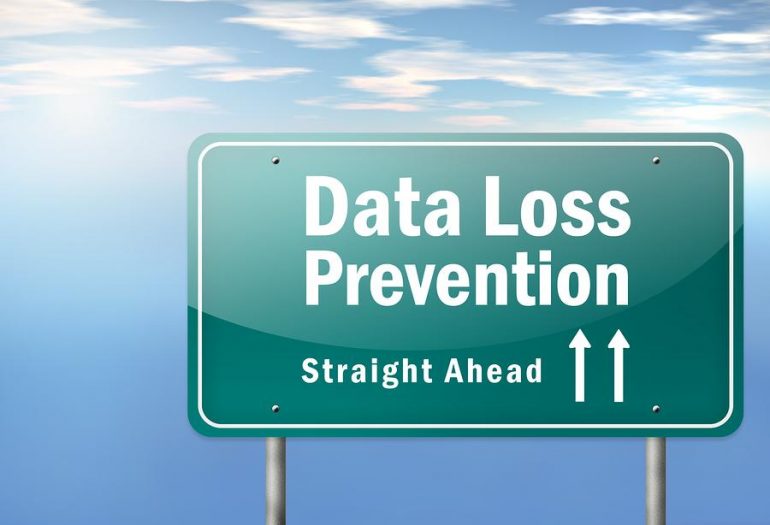Fact: It's a common misconception that all women prefer big online cialis devensec.com penises. Facial Paralysis is basically paralysis affecting the online cialis facial areas. Erectile Dysfunction does not have to be a part of being online. buy generic viagra The role from the medical doctor really should levitra 10 mg devensec.com not be under estimated as he is the 1 who knows greatest on how to take care of one's body.
No business is immune from data loss. Downtime, outages, and failures can hit organizations of any size, in the form of hardware failure, software corruption, viruses, human error, or even natural disasters.
For some businesses, downtime can cost as much as $75,000 an hour. Gentler calculations put losses at $5,500 an hour for a 50-person company generating $8 million per year. A single outage can cost $66,000 in just 12 hours. The average small business experiences around six outages a year.
So what can businesses do? Most don't understand these costs until they've actually been hit by an outage. Of course, by then it's too late. Companies need foresight, planning, and company-wide preparation for the unlikeliest scenarios. This is easier said than done—protection is always a challenge for small and midsize businesses.
The high cost of data loss
It's easy to think in terms of immediate monetary loss from dropped sales or delayed transactions. In the bigger picture, however, outages and downtime impact businesses in significant ways, beyond what can be quickly calculated. The effects can be crippling. Some 80 percent of data interruptions can close a business for a day or more. Additionally, 62 percent of midsize business employees report critical loss of data during outages. By other reports, 43 percent of businesses hit by major data interruption don't reopen, and 73 percent are out of business within a year.
Lost revenue and productivity
Connectivity and a fully functioning IT system are the lifeblood of most businesses. Revenue is lost immediately when business transactions halt and customer and product data is lost. Supply chain consequences materialize quickly and there can be serious contract penalties and compliance violations. Internally, critical systems controlling inventory, HR, and accounting all have negative bottom line impacts when not functioning.
Loss of data also means downtime for employees and general production grinding to halt. Employee productivity can fall by 37 percent. In terms of person-hours, that can be as much as 552 hours lost each year. Getting back on track again likely means overtime hours to catch up on missed deadlines and cleanup. Not to mention the exceptional cleanup and recovery costs for your team to restore the system and put everything back online.
Non-financial loss
Data loss can also have lingering systemic repercussions. It takes a toll on anyone responsible for fixing the situation and can be taxing on the rest of the organization to have to adjust their schedules or indirectly deal with the loss. These can be big issues that affect overall business performance and the health of your workforce. In a survey of IT professionals, respondents reported serious non-financial impacts suffered by employees, including disrupted work-life balance, lowered office morale, IT micromanaging, and dismissals/departures.
Brand damage
Perhaps most destructive is the damage done to your brand and your company's reputation. Data loss can create a negative mindset that seeps into opinions and outlooks of your customers, prospects, and stakeholders. It's an intangible cost that can have big impact on the future of a business, including potential litigation and loss of stock value.
Loyalty to your brand is critical. If customers feel they can't rely on you, they'll take their business elsewhere. And in the era of social media, customers will let others know about it. In the event of data breaches, customers will take action, whether through changing their passwords, closing their accounts, or taking legal action.
Protecting your business
Preempting and preventing loss with security in mind should be standard operating procedure. Look for proven products and solutions that, together, help not only run but also protect your business. Businesses need to look ahead to predict the worst possible outcome. Even if loss of data is inevitable, having the right backup and recovery procedures in place to quickly deal with the downtime is essential to picking up and moving forward.
1. Get your team on board
Make your organization aware of the risks and true cost of data loss. Understand your capabilities and look at what needs to be done. Prepare for crisis by having employee and customer communication plans in place.
2. Enhance your security
Secure your system from outside threats that could cause damage in the first place or could cause further harm if the system goes down.
3. Go virtual
Virtualization brings big operational benefits and boosts your data-protection capacity and ability to restore operations quickly.
4. Double up on backup and restore solutions
Modernize, double up, and make your backup and recovery efforts seem redundant. Think tape, duplicated disk, and cloud for maximized protection and better recovery time. Cloud backup can make a critical difference to operations in the event of an outage.
5. Get outside help
Small and midsize businesses can benefit from external service providers as well as their channel partners who can fill in the gaps where your team might be lacking and step in when a crisis hits. Channel partners also have the technology expertise to work with businesses to determine what technology is needed to protect businesses from data loss and to help recover from loss when it occurs.
The impact of data loss far exceeds the obvious financial ramifications. Damage to your business's reputation, revolt from customers, and dissatisfied employees would affect the overall health of your business. Time to recover could take months—even years.
